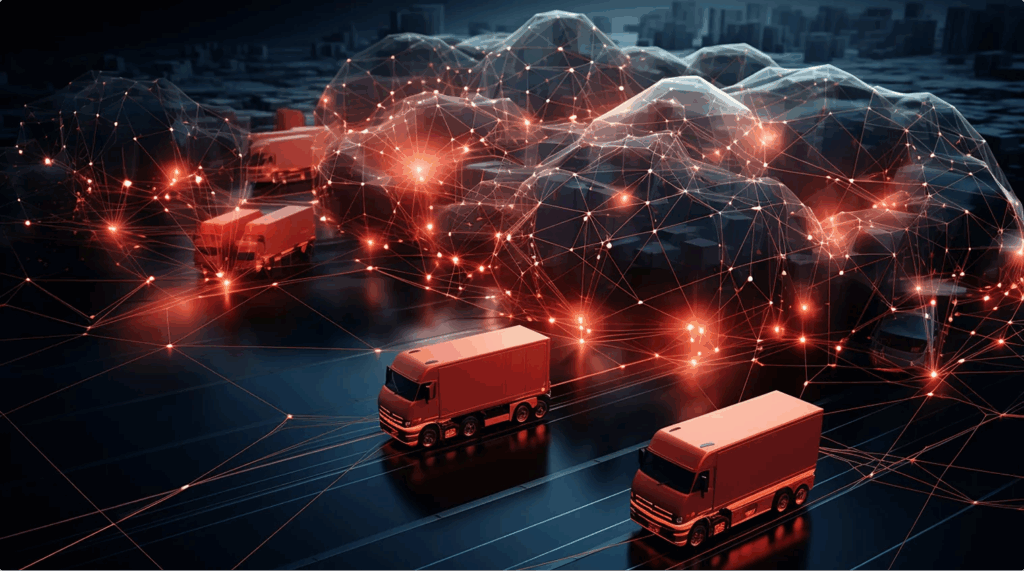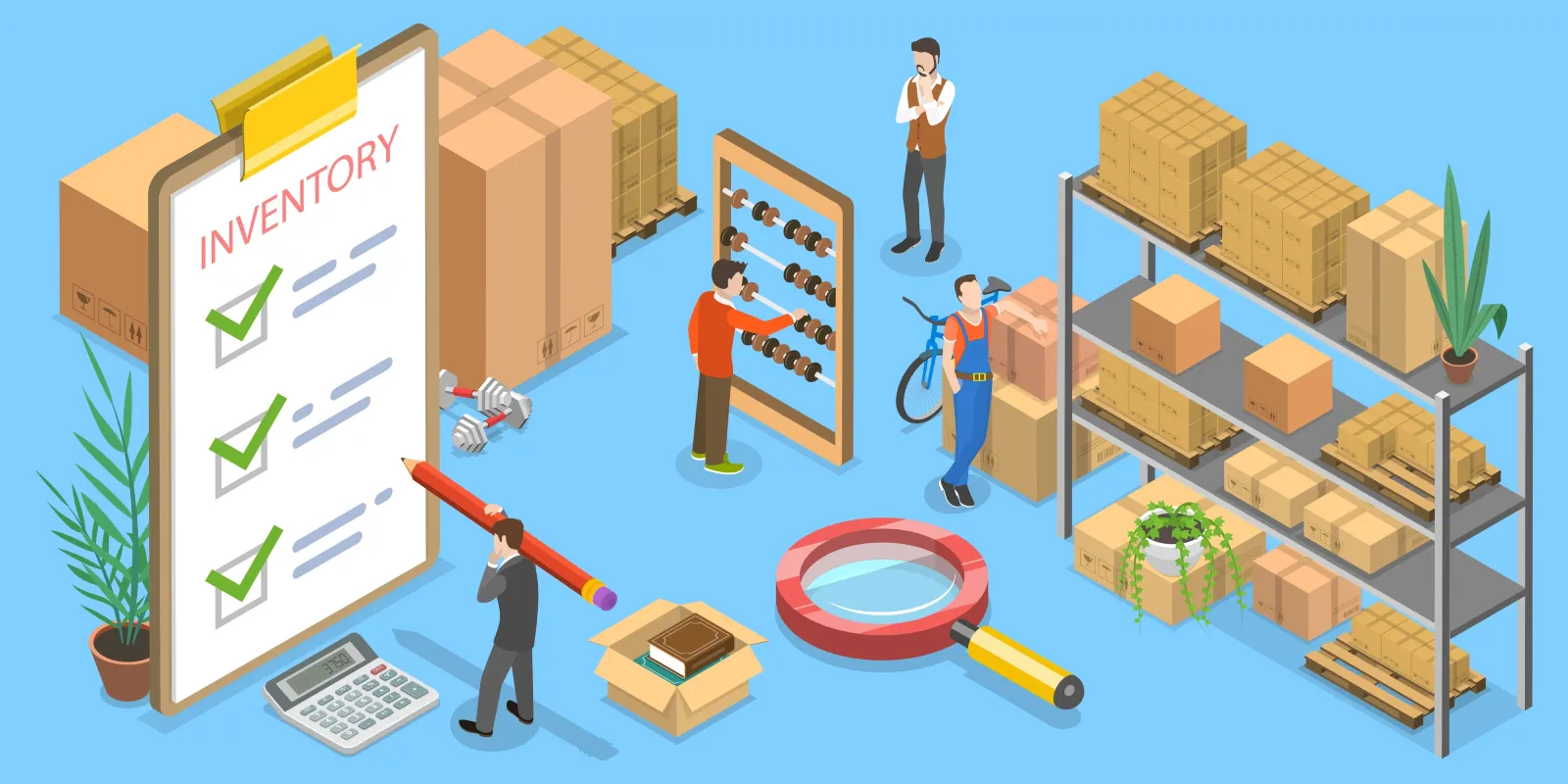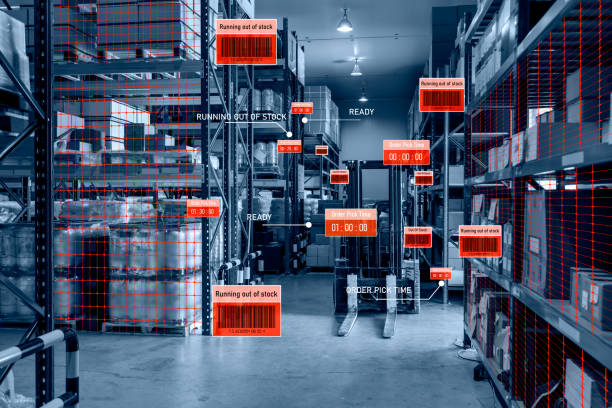The Role of Parcel Tracking in Green Logistics and Sustainability
Parcel tracking has become a central part of modern logistics operations. Beyond improving visibility and customer satisfaction, it now plays a critical role in driving green logistics and supporting broader sustainability goals. As e-commerce and global shipping continue to expand, understanding how parcel tracking technology contributes to greener operations has become essential for logistics providers, retailers, and consumers alike.
1. What Is Green Logistics and Why It Matters

Green logistics refers to sustainable logistics practices aimed at reducing environmental impact throughout the supply chain. It includes optimizing routes, minimizing emissions, using eco-friendly packaging, and reducing energy consumption in transport and warehousing.
Traditional logistics often focuses on speed and cost, but today, efficiency also means sustainability. Parcel tracking systems have become one of the main tools that make this balance possible.
2. How Parcel Tracking Connects with Sustainability
Parcel tracking systems provide real-time visibility into shipments, allowing companies to monitor the movement of goods from origin to destination. This transparency not only improves delivery reliability but also helps identify inefficiencies that waste fuel and resources.
Key connections between parcel tracking and sustainability include:
- Route Optimization: Tracking data helps companies find shorter or less congested routes, reducing fuel consumption.
- Load Consolidation: When shipment data is visible, logistics teams can combine smaller deliveries into fewer trips.
- Energy Management: Tracking systems identify idle times and energy-inefficient patterns in transportation fleets.
- Waste Reduction: Real-time monitoring reduces lost parcels and unnecessary redeliveries, cutting down on waste.
3. The Environmental Benefits of Real-Time Tracking
3.1 Reducing Carbon Emissions
One of the most significant benefits of parcel tracking is its ability to reduce carbon emissions. When shipments are monitored in real time, logistics managers can make smarter decisions about vehicle routing and scheduling.
For example, if a delivery truck is delayed due to traffic congestion, rerouting it based on live data can save both time and fuel. Over hundreds of deliveries, these micro-optimizations lead to measurable reductions in CO₂ emissions.
3.2 Supporting Electric and Hybrid Fleet Management
Tracking data also supports the shift toward electric and hybrid delivery vehicles. Companies can use tracking analytics to measure performance, charging efficiency, and delivery patterns. This information helps identify which routes are most suitable for low-emission vehicles and ensures optimal battery usage throughout the day.
3.3 Improving Reverse Logistics Efficiency
Reverse logistics — handling returns, recycling, or reusing packaging — can have a large carbon footprint if not managed carefully. With parcel tracking, companies can streamline return processes by predicting when and where returns will occur. This enables better planning, fewer empty miles, and less waste in packaging materials.
4. Smart Data for Sustainable Decision-Making

Data generated by parcel tracking systems does more than monitor packages — it enables companies to make strategic decisions for sustainability.
4.1 Predictive Analytics and Forecasting
Predictive analytics uses tracking data to forecast delivery times, fuel usage, and customer demand. This insight allows logistics providers to allocate resources efficiently, avoiding unnecessary shipments or underutilized vehicles.
4.2 Transparent Reporting for Green Audits
Sustainability reporting is now a requirement for many global logistics players. Parcel tracking offers accurate data that supports carbon accounting, making it easier to calculate the environmental impact of each shipment. This transparency strengthens accountability and helps organizations meet their ESG (Environmental, Social, and Governance) goals.
4.3 Enhanced Collaboration with Partners
Tracking data can be shared across suppliers, carriers, and customers, promoting collaboration in sustainability efforts. When every party in the supply chain has access to shipment data, they can coordinate better to minimize fuel consumption, reduce idle times, and avoid duplicate deliveries.
5. How Consumers Benefit from Sustainable Parcel Tracking

Green logistics isn’t only about the companies — it’s also about customers. With advanced parcel tracking systems, consumers gain more control over their deliveries and can make eco-friendly choices.
5.1 Flexible Delivery Options
Real-time updates allow customers to choose delivery windows or pick-up points that reduce unnecessary trips by couriers. This flexibility decreases fuel usage while maintaining convenience.
5.2 Awareness of Environmental Impact
Some parcel tracking systems now include information about the carbon footprint of each delivery. This transparency empowers consumers to make informed decisions — for instance, selecting slower, consolidated deliveries that reduce emissions.
5.3 Fewer Failed Deliveries
Failed delivery attempts waste both time and energy. With accurate tracking notifications, recipients are more likely to be available at the right time, lowering redelivery rates and the associated emissions.
6. Integrating IoT and AI for Smarter, Greener Tracking
Technological innovation continues to shape sustainable logistics. The combination of Internet of Things (IoT) sensors and Artificial Intelligence (AI) creates an ecosystem that supports even more efficient and eco-friendly operations.
6.1 IoT-Enabled Monitoring
IoT sensors can monitor temperature, vibration, and humidity during transit, helping companies prevent spoilage or damage that could lead to product waste. They also track vehicle performance, fuel efficiency, and maintenance needs, extending fleet lifespan and reducing resource consumption.
6.2 AI-Driven Route Optimization
AI algorithms analyze historical and real-time data to recommend the most sustainable routes. These routes consider not just distance, but also elevation, weather, and traffic flow — all factors that influence fuel usage. AI can even simulate delivery scenarios to identify the most eco-efficient approach before shipments begin.

7. Challenges in Implementing Sustainable Parcel Tracking
While the benefits are clear, implementing parcel tracking for sustainability does come with challenges.
- High Initial Investment: Advanced tracking systems and IoT sensors require financial investment in hardware and software.
- Data Management: Managing and interpreting large volumes of tracking data can be complex without proper analytics tools.
- Interoperability Issues: Different carriers and systems often use separate tracking platforms, creating data silos that limit collaboration.
- Privacy Concerns: With detailed tracking data available, maintaining customer and operational privacy becomes essential.
Addressing these challenges requires a combination of technology upgrades, collaboration, and strategic investment — but the long-term sustainability gains make it worthwhile.
8. Future Trends: How Parcel Tracking Will Shape Green Logistics
The future of parcel tracking will go beyond location data. It will integrate sustainability metrics directly into delivery management platforms.
Emerging trends include:
- Carbon-Smart Routing: Systems that automatically select routes with the lowest carbon emissions.
- Blockchain for Sustainability: Using blockchain to verify and share eco-impact data securely across supply chains.
- Circular Packaging Tracking: Tracking reusable or recyclable packaging to close the loop in product delivery.
- AI Sustainability Scoring: Providing a sustainability rating for each shipment based on emissions, packaging, and route efficiency.
These innovations will make logistics more transparent and environmentally responsible, ensuring that every delivery contributes to a greener planet.
Conclusion
Parcel tracking has evolved far beyond a tool for customer convenience. It now stands at the center of green logistics and sustainability, helping companies cut emissions, optimize resources, and deliver goods responsibly. As logistics providers continue to integrate real-time data, AI, and IoT technologies, the environmental benefits will only increase.
For businesses and consumers alike, embracing smart parcel tracking means taking a meaningful step toward a more sustainable future in global shipping.
Industry Insights
news via inbox
Nulla turp dis cursus. Integer liberos euismod pretium faucibua







